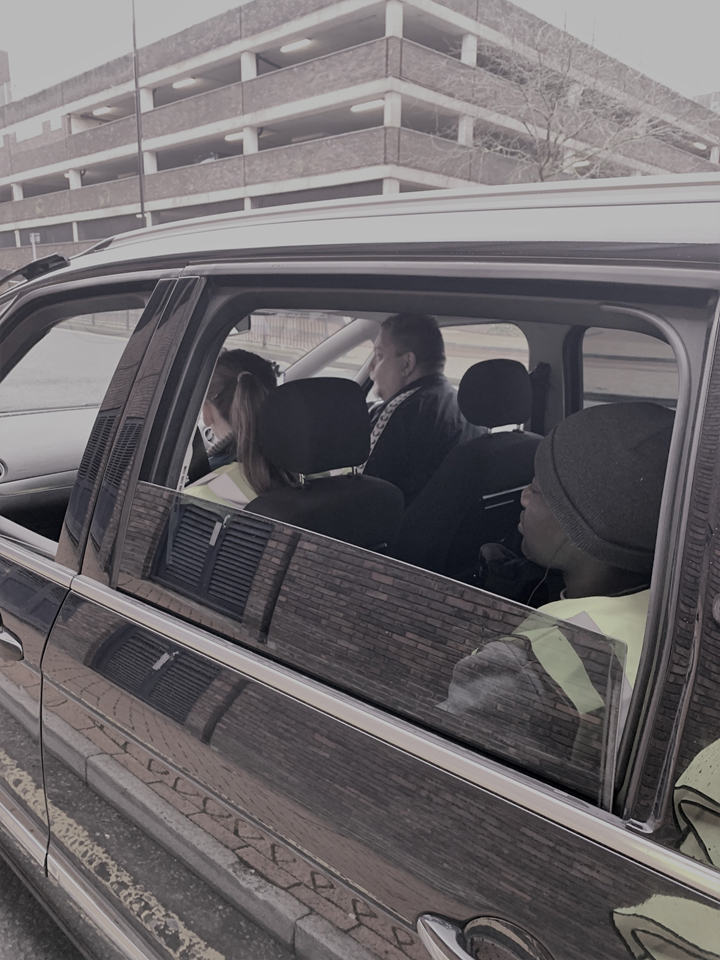
Objectives of the service

Tandem is creating new transport options for people living in towns and small cities – places where poor public transport often prevents access to jobs, healthcare, education and social connections.
This project sees Tandem partner with existing local taxis, minibuses and coaches to turn their vehicles into shared shuttles – with each passenger just paying for their seat – offering a taxi-like service for prices close to those of local buses (where they do exist).
A lack of public transport also hurts local business, such as employers and employment agencies who struggle to fill roles because potential recruits can’t reach their sites. As such, these third parties will play a crucial and unique role in this project.
Users and their needs
Tandem’s services are targeted at people living in towns, small cities and peri-urban areas – communities that have been ignored by most mobility technology companies.
In particular, Tandem is committed to building solutions for those on low-incomes who otherwise might struggle to access work due to a lack of public transport.
Tandem will also partner with local employers, employment agencies and other third parties whose business suffers when public transport services are inadequate.
In doing so, Tandem is also unlocking latent demand for local transport providers – especially local taxi and minibus companies.
Service/ system concept
Tandem’s system borrows principles from mobility technology companies operating in huge cities, but they have identified a range of adaptations to ensure the model’s viability in these smaller geographies.
- Ride-sharing and routing approach designed bespoke for smaller geographies
- Partnerships with existing local taxi and minibus companies
- Unique third-party partnerships with ‘Journey Generators’
Space Added Value
Location services, made possible by GNSS technologies, are integral to the overall user experience and our ability to operate an efficient service at scale. We will use the location-based services of smartphones and tablets to report the precise location of our users.
Location data facilitates the following service features:
- Route-matching: our route-matching algorithm will group riders heading in the same direction at similar times in a shared taxi. The algorithm will only match riders if the increased journey time and detours required are not above a certain threshold that would make for an unacceptable end-user experience. Accurate location data is essential for this algorithm to operate.
- Rider pickups: Our rider and driver apps will use real-time location data to orchestrate pickups of matched riders. As there will be multiple pickups for each ride, this process needs to be quick and efficient, so it doesn’t delay other riders’ journeys. We will alert a rider when their vehicle is approaching and when it has arrived at the pickup point. Both riders and drivers will use the app to view each other’s location.
- Driver navigation: Drivers will use satellite navigation to guide them to pick up points, and then onto their destination. The routing will be dynamic and will adapt as additional riders are matched onto the route. We will use existing satellite navigation software such as Google Maps.
The bulk of this functionality has been completed and enabled during the demonstration project, with more dynamic routing on the future product roadmap.
Current Status
The project was officially concluded in August 2021, but scaling up is very much underway as a result of a set of positive achievements during the project:
Major project achievements that we’re especially pleased about:
- Selling to more than 10 clients over the course of the demonstration project, and helping transport passengers to marquee destinations like Primark and Royal Mail
- Over-performing on many of our project KPIs e.g. achieving more than double the # of passenger journeys compared to the original pilot target
- Healthy unit economics trajectory, with an average portfolio take rate higher than industry peers
- Significant social impact e.g. in July 2021, we enabled nearly £500,000 of wages for our passengers



